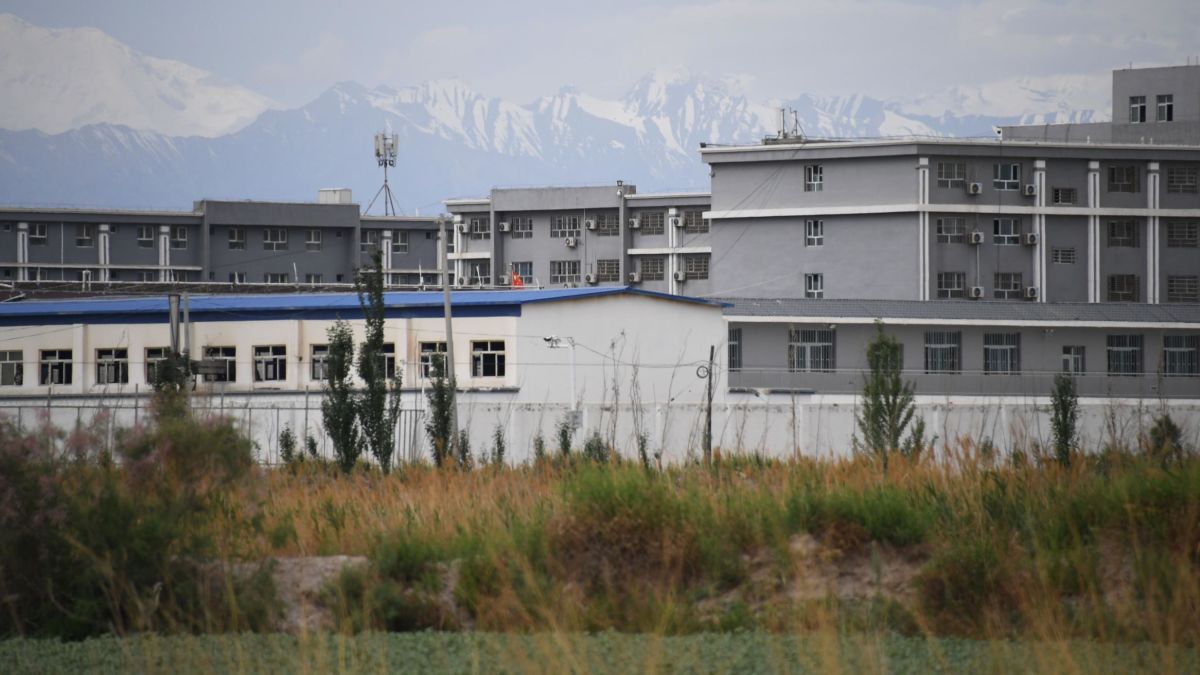Scientists are now using quantum technology to understand turbulences, the oldest problem in physics. The study is providing insights into how extreme weather such as cyclones operate by using liquid quantum and silicon.
Researchers are using liquid quantum and silicon to help solve the oldest problem in physics, turbulence. The researchers from the University of Queensland (UQ) will study turbulence in a bid to open new doors to new navigation technologies. The study will also help them to understand the underlying mechanisms that drive cyclones and other extreme weather.
The quest to solve the oldest problem in physics
The findings of the study have been promising, according to Professor Warwick Bowen, from UQ’s Precision Sensing Initiative and the Australian Research Council Centre of Excellence for Engineered Quantum Systems. He said that these findings were a significant advancement in the study of turbulences and provided insights into the oldest problem in physics.
Professor Bowen was particularly excited to observe turbulences on a nanoscale. He said the findings allowed the researchers to observe quantum turbulences that mirror the behaviors of larger turbulences such as cyclones. This nanoscale study is easy to understand and to put into perspective what happens on a larger scale.
Use of liquid quantum
The study was made possible by the use of the quantum liquids which have different properties than other liquids that we use. The use of quantum liquids was conceptualized more than 50 years ago, but until now, it had not been used to study turbulence. Professor Bowen said,
Our new technique is exciting because it allows quantum turbulence to be studied on a silicon chip for the first time.
Bowen continued by saying that the research had implications on space since quantum liquids have a probability of existing in dense astrophysical objects. Bowen said that they can now be able to predict how such astrophysical objects behave and gain insights on how the objects coexist.
The study was sponsored by the United States Army Research Office and the Australian Research Council. They also collaborated with ARC Centre of Excellence for Engineered Quantum Systems (EQUS), ARC Centre of Excellence in Future Low-Energy Electronics Technologies (FLEET) in Australia, and Dodd-Walls Centre for Photonic and Quantum Technologies in New Zealand. The research was published on Today in Science.
Featured image by Pixabay







